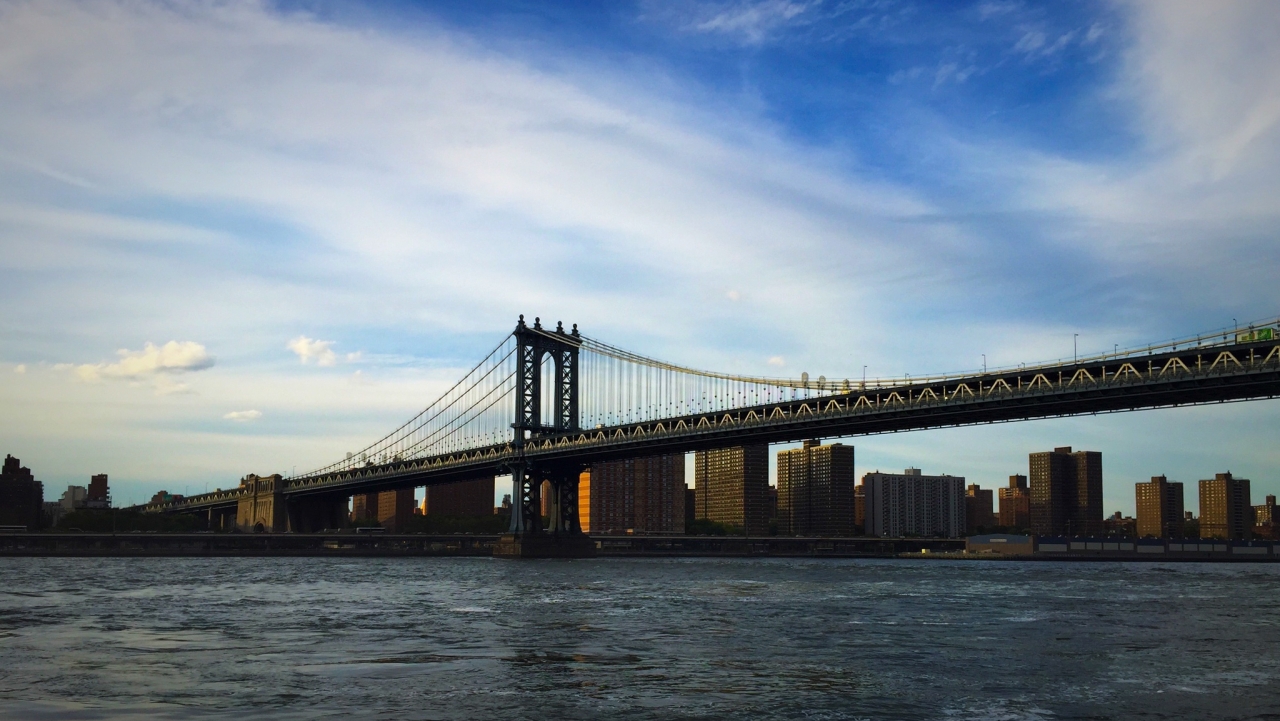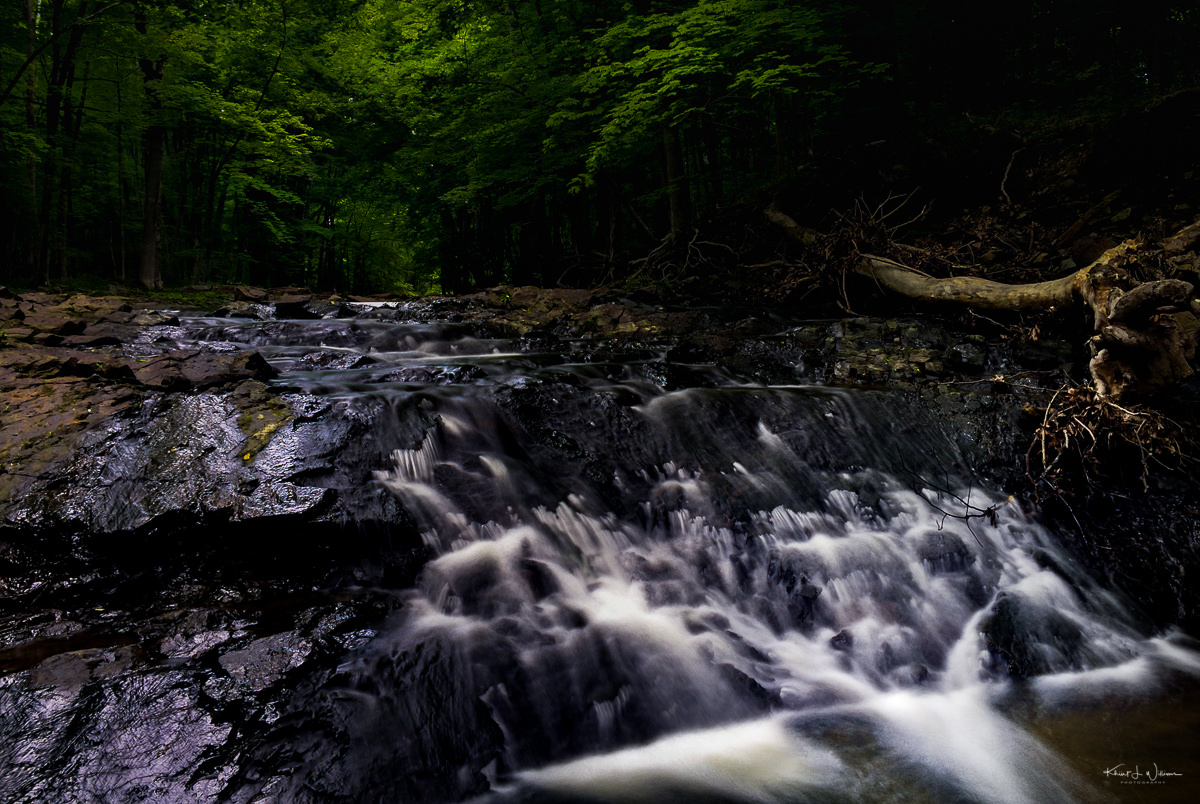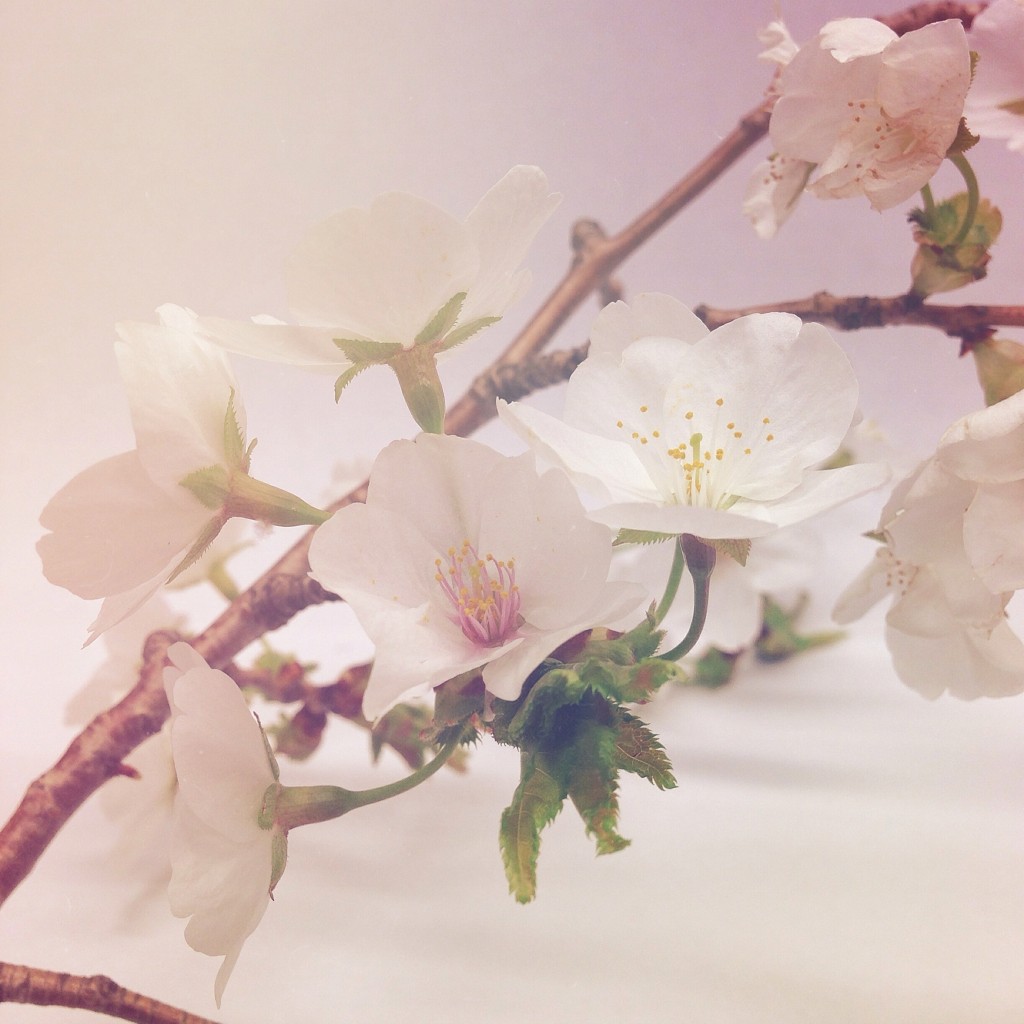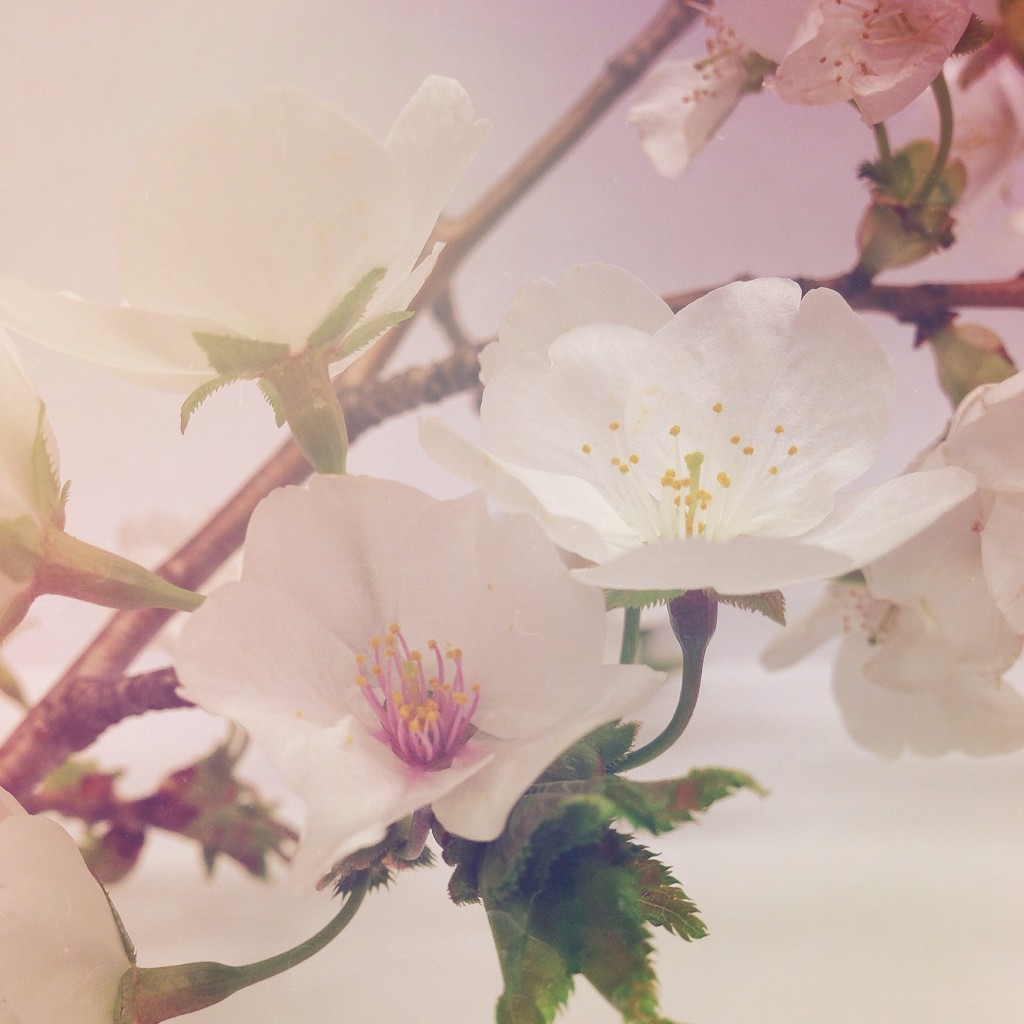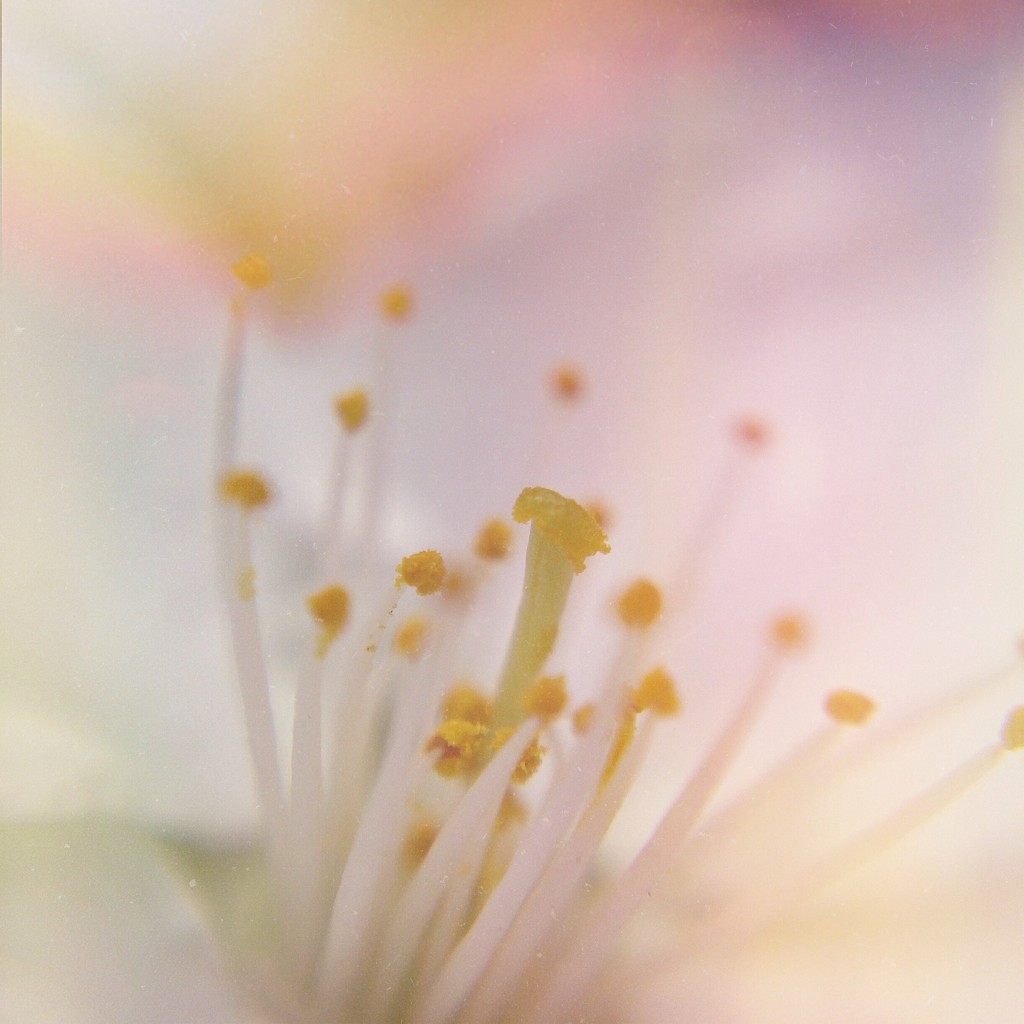[exif id="19178"]
I almost always have a camera on me. Some time ago, I started keeping a packed camera bag and a tripod in my car. It helped me satisfy my photography urge when inspiration found it’s path to my eyes. With the camera always nearby I could pull over, stop, and capture what I saw. On my lunch break, I could walk around capturing moments throughout my day. The funny thing is, I noticed that I still captured more images with my iPhone than with Nikon.
It’s true; the best camera is the camera you have with you. But what has also become true, at least for me, over the last few years is that the best camera is the one that allows me to process and share my vision at the moment. This article by Daniel Korpai has some great tips that I have incorporated into my instant photography workflow.
With the introduction of iCloud Photo Library, there is a new smart album in the Photos app: Favorites. When you’re browsing through your images, you can find a little heart icon (?) under every single picture. Tap it, and Photos will automatically put that photo in the Favorites album and also make sure not to delete those in case you have the Optimize iPhone Storage turn on under the iCloud Photo Library’s settings. Go through all of your images in the Photos app and tap the little heart icon when you think you might want to process that particular image in the future. In the Favorites album, I then go through for a second time to review my selected images one more time, to make sure I only keep the very best.Daniel Korpai
That's a new tip for me, and I have started using it. It makes cleaning up the mess in my iOS photo library much more manageable.
iOS 8 added the ability to pass images onto a third-party app for editing. The images undergo non-destructive edits which means I can always undo. I mostly use the Afterlight app. It has lots of filters, but I rarely use any of them. But it has a few editing tools that I love. I have a few other apps, but few of them are available as editors from the photos library.
This is why I reverse this process. Instead of opening a third-party app, find the image you want to edit in the Photos app, then pass the photo to the other application with the help of an iOS Extension created by the Workflow app.
I started doing that last week. I created a Workflow to pass images from Adobe Lightroom Mobile to a few of my apps favourite, including Instagram.

[exif id="19200"]
My workflow is simple. Capture an image with the native camera app and either use share sheets or workflows to pass the image to another app, usually Afterlight, for processing. I use other camera apps for specialised captures. I have a camera app for creating HDR images, long exposures, one for macro photography, and a few that allow for manual control of the camera. These are organised into an iOS folder named simply Cameras.
My most used camera apps are:
- Native iOS Camera
- vividHDR
- Slow Shutter
- Stay Focused
Apps that I use for post-processing are organised into an iOS folder called Darkroom. This includes, Photogene, an app I consider the Photoshop of iOS, Afterlght, VSCO Cam, Snapseed, Darkroom, and Image Sizer to change images to fit Instagram's square format.
My most used editing apps are:
- Afterlight
- VSCO Cam
- Photogene
- Image Sizer
Daniel uses VSCO Grid to publish his mobile image, but despite the square format, I prefer Instagram. It's easy to post a picture to Instagram and simultaneously share to Facebook, Twitter, Flickr, Tumblr and Foursquare.
Please read the article. The author mentions a few apps that I may download, try out, and perhaps add to my iPhone photography bag.
